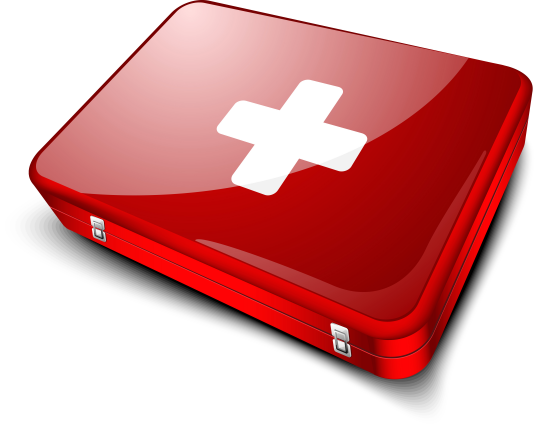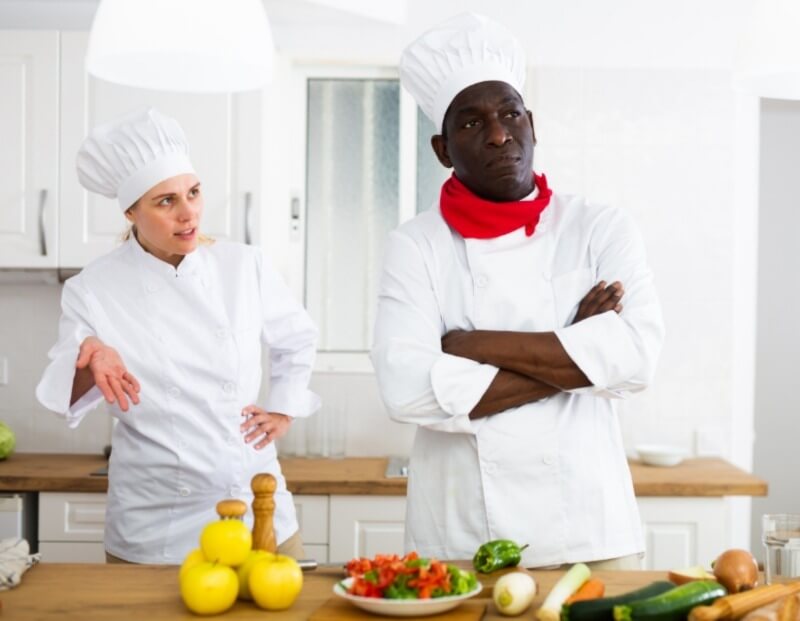Last month we investigated how food delivery apps work and whether or not they were monitored by your local health department. Following that article, we thought that it would be helpful to provide some food safety information and tips for restaurant outlets that provide their own delivery service to their loyal customers.
Food Safety Hints For Providing Delivery Services
This biggest issue with food delivery is that there is a high risk that the food’s temperature will fall into the danger zone. If your product falls between 140 and 40 degrees during delivery, there is a risk of bacteria growth. Many chain restaurants employ the use of insulated containers to keep their food hot during delivery. We strongly urge you to talk to your local culinary supply store about obtaining several of these containers. Before you begin providing delivery to your customers. We also suggest that you consider limiting your delivery range. A smaller delivery area means you can deliver hot food product to your customers in a timely manner.
The rules for keeping cold foods safe for consumption after delivery is more straightforward than those for hot foods. Refrigerated items may go without refrigeration for up to two hours according to the Minnesota Health Code. This means that your salads and sandwiches and other cold items kept in sanitary containers should be safe for delivery. Be aware that raw animal protein items such as sushi are much more sensitive than other cold products. If you are planning on delivering any raw or undercooked proteins. You may wish to consult with your local health inspector.
Non-Food Safety Considerations for Delivery Services
There are other aspects besides food safety that you should plan for if you are considering offering delivery service. Keep in mind that you will need to have additional staff available to provide this service. Be sure to get the right balance of staff to handle the new service. You want to avoid a negative impact on your current services or long waits for delivery. Neither scenario is good for building a satisfied customer base or increasing employee morale on busy evenings. Having an extra hand available on weekends and during peak times will be a key element in helping you offer delivery services to your clientele.
Finally, make sure that your delivery drivers have received food safety training from a certified food protection manager. They are vital members of your team and will be essential in seeing that your product arrives to your customers in a safe-to-eat state.
Are you extending your food services to clients who wish to have their meals delivered? At Safe Food Training, we’d like to know your thoughts on how you plan to keep your meals safe during delivery.






